In 1894 a very special discovery was made in a peat bog c. 100 km north of Jekatarinburg in the Urals. Gold miners discovered fragments of an originally possibly 5.3 m high wooden sculpture carved from a piece of larch. In addition to geometrical motifs, the truly monumental sculpture is decorated with eight human faces on its front – and back side. Missing clear analogies, the date of this exceptional sculpture was long uncertain and topic of research debate. Only in 2014 a series of radiocarbon dates finally resolved the issue: The Shigir idol dates to around 9,600 cal BC (according latest analyses (Zhilin et al. 2018).
- The Shigir Idol (Museum Jekatarinburg, photos O. Dietrich).
At this point in time, there is only one other site that has produced human respectively human-like monumental depictions – Göbekli Tepe. There is a considerable geographic distance between both sites, however, which makes direct contacts and interaction not the most probable explanation for these apparent similarities. Even more, certain methodological issues have to be emphasised here: The Shigir bog has exceptionally good conditions for wood preservation, at Göbekli Tepe and other contemporary sites of the Urfa region, durable stone was chosen to produce monumental imagery (of course, the lack of preserved wooden images does not exclude their former existence, carving techniques visible with Göbekli Tepe’s and other site’s rich stone art may well have been developed in wood here too). We are thus looking at two very special areas and distinctive situations here, and other regions between both phenomenons may as well have been rich in comparable imagery – which is just not preserved.
If we travel south from Göbekli Tepe to the Middle Euphrates region, there are sites like Jerf el Ahmar, with ‘special buildings’ that have much in common with the Göbekli Tepe structures. Jerf el Ahmar is a Pre-Pottery Neolithic A / transition to PPN B site in northern Syria characterized by round and rectangular buildings with limestone foundations. There, large subterranean round buildings with benches along the walls have been discovered. And, noteworthily in the context of this discussion, these buildings included wooden posts. If these were decorated, remains unknown, but would certainly be a possibility worth consideration. It is important to keep this in mind when discussing such extraordinary finds and possibly far-reaching analogies: Much of the picture archaeology can draw today depends on original building style and the materials used – and surviving remains preserved to this day.
Further reading
Zhilin, M., Savchenko, S., Hansen, S., Heussner, K., & Terberger, T. (2018). Early art in the Urals: New research on the wooden sculpture from Shigir. Antiquity, 92(362), 334-350. doi:10.15184/aqy.2018.48
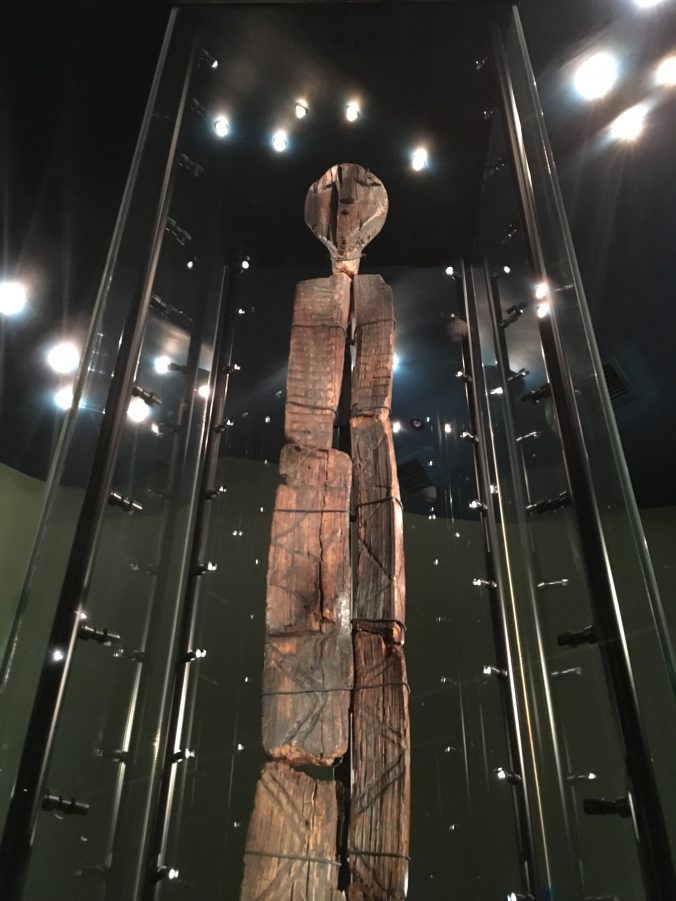
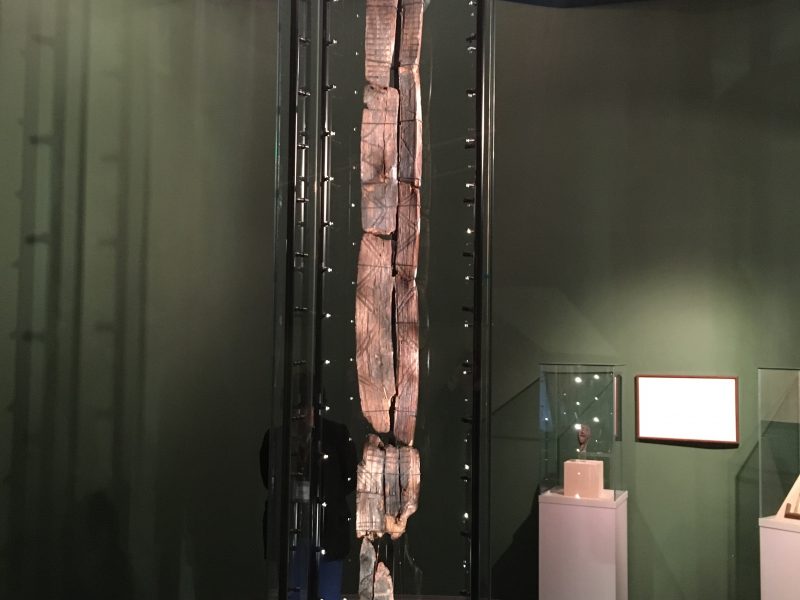
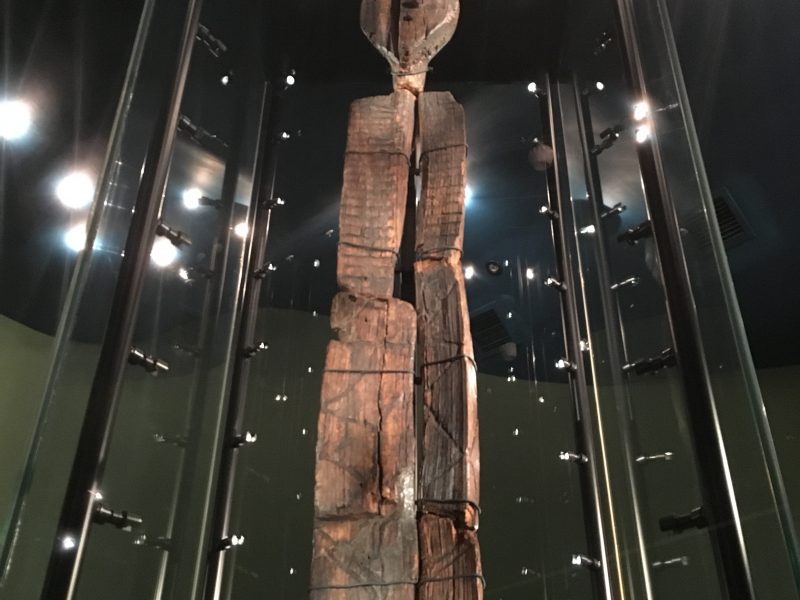
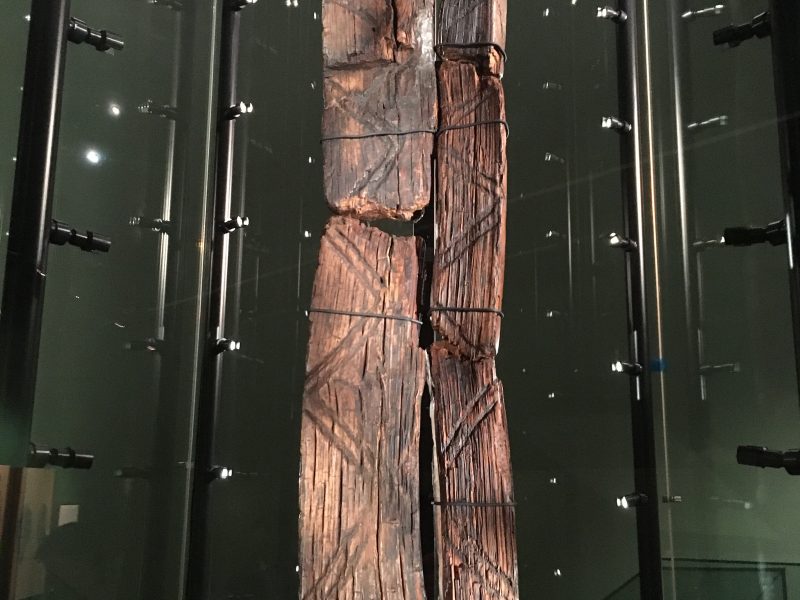
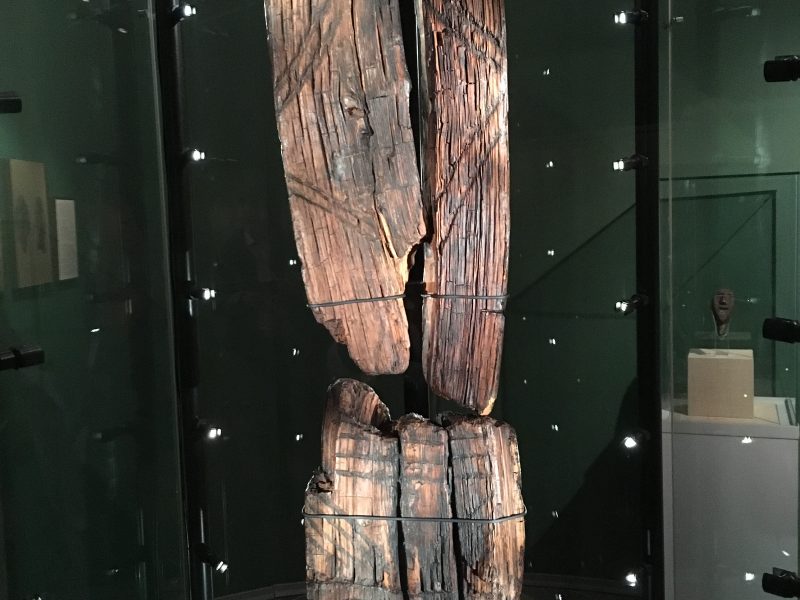
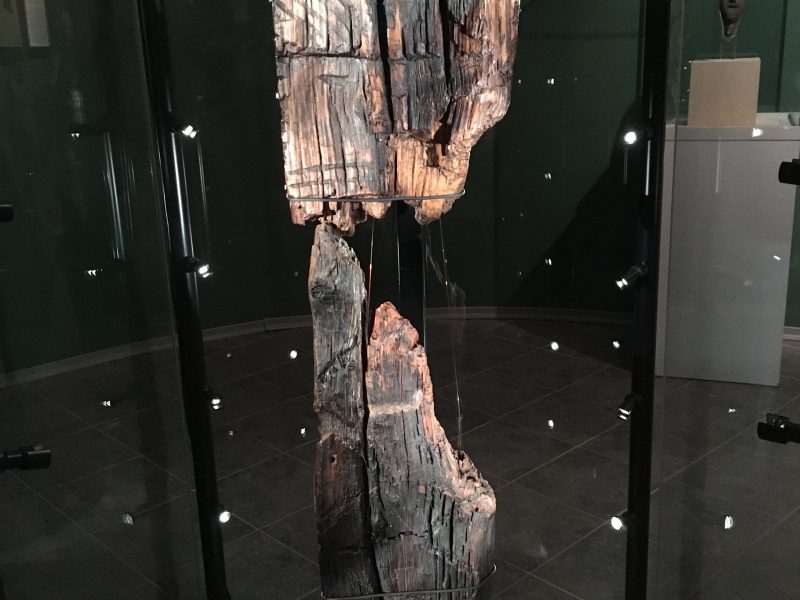
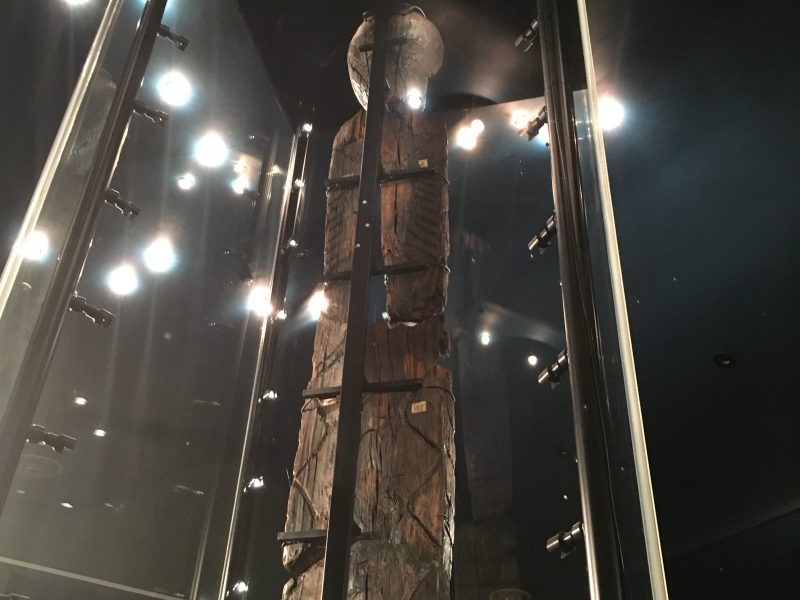
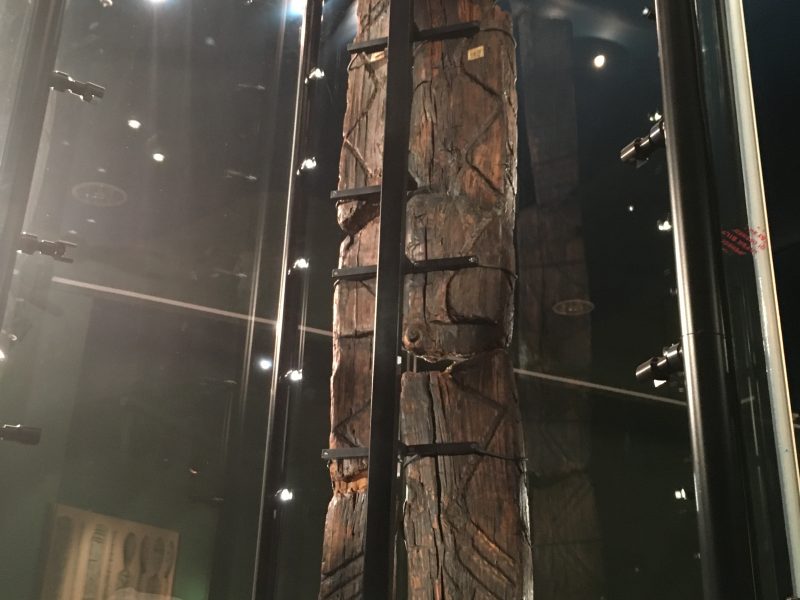
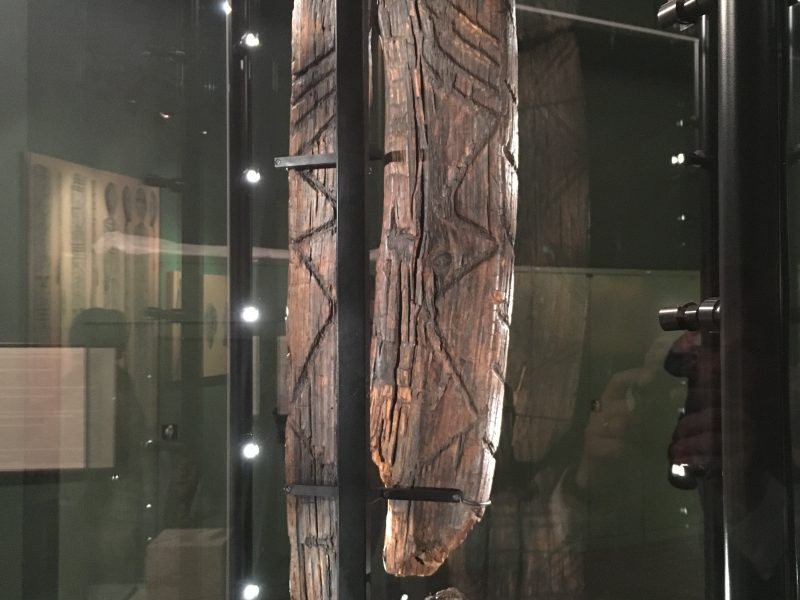
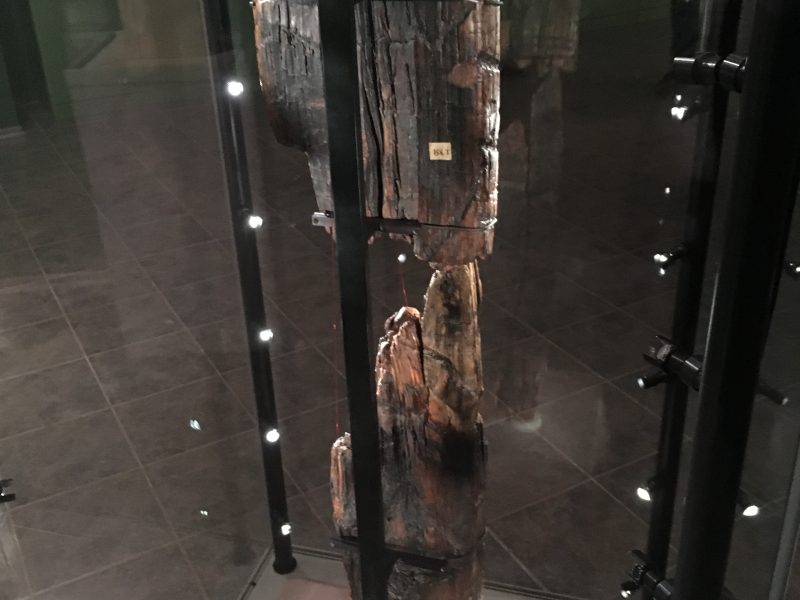
Fascinating. !! Gobekli Tepe is one of my favourite archaeological sites.Thank you for the update
Good find. Excellent article once more. You are finally moving in the correct direction.
After the Younger Dryas impact disaster, the surviving Amerindians had a pondering on what to do. Their shamans made some ritual sacrifices and finally decided to split their nations: all the reds stayed in America, while all the remaining white Amerindians returned back to Asia. I have myself discovered a surviving written first hand testimony of that event.
After returning to Asia, the refugees went south, seeking comparably warm living conditions that they got accustomed to in America, and eventually settled on the Altai mountains. From there, they culture spread in all directions, and reached the Göbekli Tepe too. For instance, the totem polls that you discovered on GT are the same ones as are known from the NW part of America.
There are about 2 dozen faces known to me on GT with typical Amerindian physiognomies. Yet, the GT people themselves were not Amerindians, but were just heavily influenced by the Amerindian culture, from the Altai mountains.
That said, I challenge you (and the readers) to find the unmistakable cultural link between Göbekli Tepe and the North-western Amerindians from that epoch, later in history to become the Mesoamericans. Hint: architecture and astronomy.
Note: the challenge that I just gave you is a tough one, but you might actually be able to solve it. If you do solve it, that would serve as an irrefutable proof that the Beringians/Amerindians and Göbekli Tepe were part of the same culture, centered around the legend of the Younger Dryas impact event.
I don´t know what you are reading into this short text. We are definitely not moving into the direction of any of the fantasies you mentioned.
I would like to ask: Is this the single and only one finding in this Ural area (with dated age 12000 years) ? And, how could wood be preserved for a such a long time? Is is “petrified”?
Yes, it’s the only one of that age. There are a few younger wooden sculptures or fragments of sculptures though from the Urals. The secret of preservation is the bog it was found in – wood doesn’t rot without contact to oxygen. That’s the reason why also wooden ship wrecks are often preserved, or the wooden houses of the famous lake-dwelling sites.
Yes, you are perfectly right. However, 12000 years is a rather long time. In other words how many wood pieces (artefacts) have been discovered after such a long period of time. This is the first one, isn’t it? Therefore I am “suspicious” about some “conservation” method. And no petrification? Like the National park “Petrified Forest” in Arizona.
There are considerably older finds of wooden implements. The Schöningen spears for example are around 300.000 years old.
There are no signs of petrification and chemical analysis ahead of radiocarbon dating has revealed no traces of preservation methods for Shigir.
Hardly. As long as the wood (organic material more generally) stays sufficiently wet and isolated from oxygen, it doesn’t rot. If your wet spot is in a subsiding basin starved of clastic (mud, sand) input, then accumulation can continue for potentially millions of years.
I’m not familiar with this “Shigir bog” site (no doubt the excavation report addresses this), but at 100km N from Ekaterinberg (spelling varies, considerably, between languages) it’ll be cold and relatively low rainfall being east of the Urals. As long as it was far enough from the Ural mountains to be in the rain shadow but away from the glaciers coming off the mountains, then you could have bogs in this are hundreds of thousands or even a couple of million years old. The current perfectly valid concerns about the melting of the taiga (northern conifer forest biome) permafrost releasing large amounts (10^16 + tonnes of carbon) into the atmosphere centres on just this preservation potential. Sadly, when I was working in that area (well, 2-3 days along the Norilsk line), I didn’t keep copies of the geological reports to tell you the %-organic material, but it’s likely up in the 10s of percent.
That material is something like 100 Ma old, and has been essentially 0% organic material since approximately 100 Ma ago. Within years of falling into a volcanic hot spring (or, the water flowing from a hot spring changed it’s route and killed a new part of the scenery; same difference), the organic material of the specimen had been replaced by quartz/ chalcedony from the volcanic water. I’ve only seen “Petrified Forest” material under the microscope, but the preservation is incredible and is justly famous.
If you want intermediate-age preserved material, look at the “Messel” deposit in Germany, where a deep lake in a forest filled steadily with organic matter for I don’t know how long (maybe a half million years, but they’re nowhere near the bottom of mining it, so I don’t think anyone really knows). That preserves indeterminate organic sludge in abundance, but also magnificent fossils from about 55 Ma ago.
Forgot this : Messel deposit link.
Hard claims require hard evidence. You might call my claims ‘unsubstantiated’ because I haven’t supplied sufficient evidence to back it up — the comment fields are not particularly suitable place for that, but they are surely not fantasies. ‘Speculations’ would be a more suitable word, I think. Or you might call them ‘opinions’, even though any claim that is theoretically possible and can be later proved with additional evidence ought to be called a valid scientific ‘hypothesis’.
Other than that, I think that your article suggested a possible link between GT and the authors of the Shigir sculpture, a link that yet has to be supported with more finds. I agree with that.
One of my still unsubstantiated ‘speculations’ is that there was a cultural link between America and GT, and that this link can be corroborated with the scenes depicted on the pillars of GT, for instance, if one takes a more closer look, something which you apparently refuse to do. You can call that a ‘working hypothesis’. for which I think I have evidence to support it, but whether enough or not remains open for further debate. Probably not in these comment fields, though.
You are right – the comment fields of our blog are not the right place to present completely unsubstantiated claims. Publish your arguments and evidence in a refereed journal and we will talk.
In evolutionary theory they talk about the punctuated equilibrium of the fossil record. Something similar applies to the record of what remains from these ancient times. In terms of likely preservation stone (mostly) beats wood hands down. Lay people are familiar with the idea of a stone age. One presumes that there was a wood age but that it mostly rotted away. This is really sad as, in my opinion, it would most likely show that human psychological development ramped up for a lot longer than is generally recognised. Keep up the good work. cheers Owen B
A comedy sketch duo were working many years ago while excavation work was going on at Stonehenge in the UK’s Salisbury Plain are. Into their skit, they dropped a line :
“We used to have a Woodhenge here, but it rotted.”
Clearly they kept up to date with current results from the excavations.
just to remember that neandertal wooden artifacts have been found at Poggetti Vecchi, Italy. Best regards